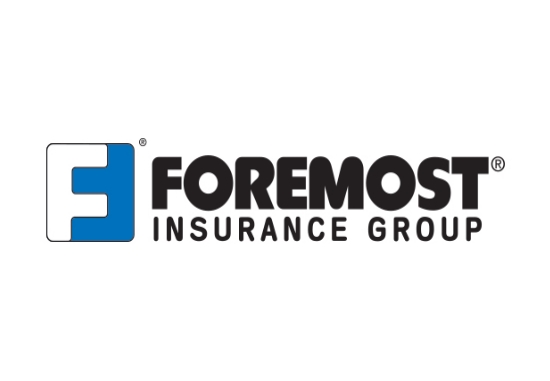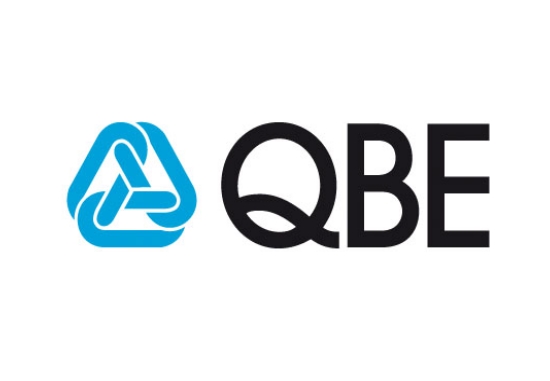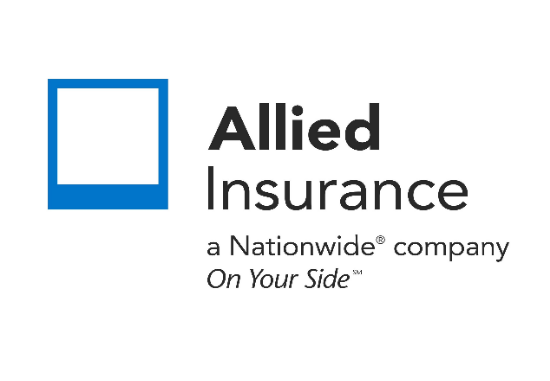What Does Full Coverage Car Insurance Cover?
We will search the top carriers for you for the best offer.
Full Coverage Car Insurance
“Full coverage” isn’t a technical term—it’s a commonly used phrase for an auto insurance package combining:
Liability coverage (required by law in almost every state)
Collision insurance (repairs or replaces your vehicle after an at-fault crash)
Comprehensive insurance (covers non‑collision damage like theft, fire, hail, flood, or hitting an animal)
Often, full coverage policies may also include optional extras such as medical payments coverage or coverage for uninsured/underinsured drivers, but the core always includes liability, collision, and comprehensive coverages.
What Each Part Covers
Liability Coverage
Covers injuries and property damage you cause to others (e.g., medical bills, legal claims, vehicle or property repairs).
Collision Coverage
Pays to repair or replace your car if damaged in a crash—regardless of fault—with a deductible.
Comprehensive Coverage
Covers damage to your vehicle from non-crash events like natural disasters, theft, vandalism, fire, or animal collisions.
Why Full Coverage Matters
Required when leasing or financing a vehicle: lenders typically mandate both collision and comprehensive coverage.
Protects a valuable vehicle: especially newer cars, or vehicles worth more than a few thousand dollars.
Extends beyond liability-only protection: liability covers only others—they don’t pay for your own vehicle or non-collision losses.
Adds peace of mind: useful in areas prone to theft, severe weather, or wildlife encounters.
When Full Coverage Might Not Make Sense
Your car is low-value (e.g. worth under $3,000); premiums might exceed its replacement value.
You have a high deductible and enough savings to self‑insure minor damage.
You’re not financing or leasing the vehicle and are willing to accept the risk.
Applying the “100,000-mile rule”: high-mileage older vehicles may cost more to insure than they’re worth.
FAQs
Is full coverage required by law?
No. However, if you lease or finance a car, lenders usually require collision and comprehensive coverage. Liability coverage is typically the only legal requirement.
Does full coverage include medical payment or rental car coverage?
Not always. Those are optional add-ons and may or may not be included in what is advertised as “full coverage.”
How much does full coverage cost?
Average annual premiums in the U.S. are around $1,176, but costs vary by vehicle value, driving history, coverage limits, and deductible choices.
What deductible should I choose?
Common options are $500 or $1,000. A higher deductible lowers your premium but increases out-of-pocket costs during a claim.
Can I drop full coverage later?
Yes—once you own the car outright or its value drops low enough, you may choose only liability coverage to save money.
Summary
Full coverage auto insurance generally includes liability, collision, and comprehensive protections. It provides significant financial protection for your vehicle and others. If you’re financing or leasing, or own a car with substantial value, full coverage makes financial sense. For older, lower-value vehicles—or if you’re comfortable assuming risk—you may opt for liability-only coverage instead.
✅ Ready for Complete Auto Protection?
We’ll help you find the best policy that fits your needs and budget.
Compare quotes fast and easily from multiple providers.
Get your personalized insurance quote now.
It’s fast, secure, and tailored to you.
Related Posts
Get a Right Insurance For You
SHARE THIS ARTICLE
We will compare quotes from trusted carriers for you and provide you with the best offer.
Protecting your future with us
Whatever your needs, give us a call, have you been told you can’t insure your risk, been turned down, or simply unhappy with your current insurance? Since 1995 we’ve been providing coverage to our customers, and helping people across United States.












